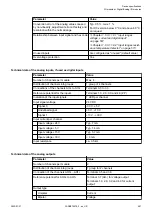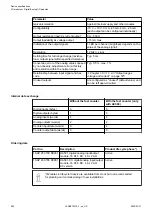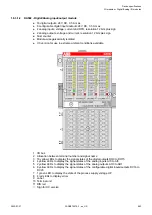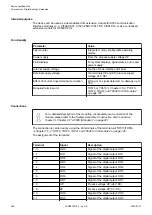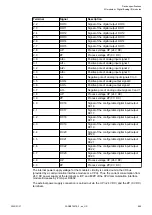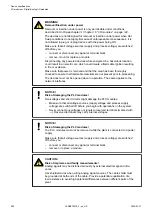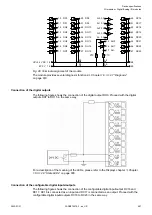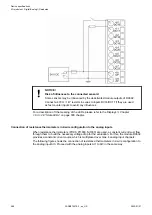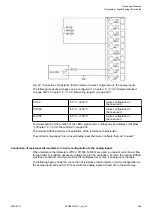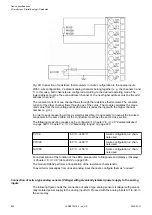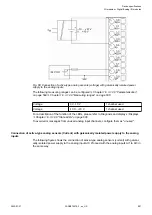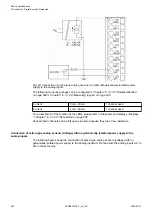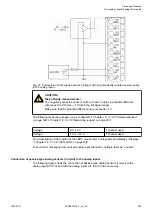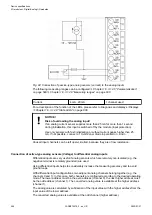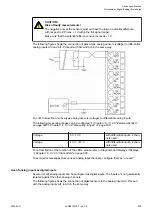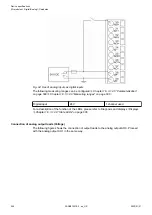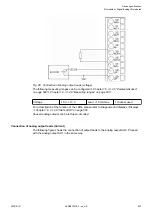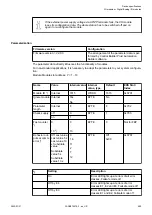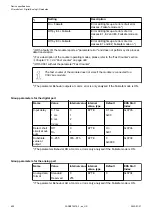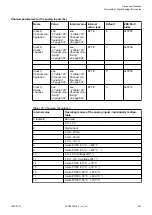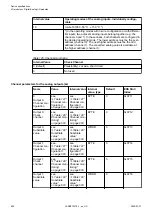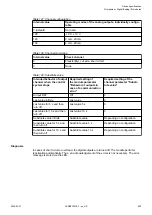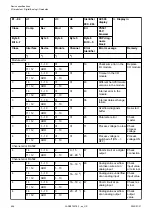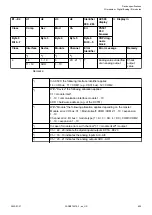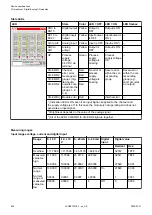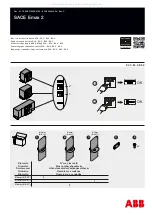
Fig. 92: Connection of passive-type analog sensors (current) to the analog inputs
The following measuring ranges can be configured
Chapter 1.6.3.1.2.6 “Parameterization”
Chapter 1.6.3.1.2.9 “Measuring ranges” on page 606
Current
4 mA...20 mA
1 channel used
For a description of the function of the LEDs, please refer to Diagnosis and displays / Displays
Chapter 1.6.3.1.2.8 “State LEDs” on page 606
NOTICE!
Risk of overloading the analog input!
If an analog current sensor supplies more than 25 mA for more than 1 second
during initialization, this input is switched off by the module (input protection).
Use only sensors with fast initialization or without current peaks higher than 25
mA. If not possible, connect a 10-volt Zener diode in parallel to I+ and I-.
Unused input channels can be left open-circuited, because they are of low resistance.
Connection of active-type analog sensors (Voltage) to differential analog inputs
Differential inputs are very useful if analog sensors which are remotely non-isolated (e.g. the
negative terminal is remotely grounded) are used.
Using differential inputs helps to considerably increase the measuring accuracy and to avoid
ground loops.
With differential input configurations, two adjacent analog channels belong together (e.g. the
channels 0 and 1). In this case, both channels are configured according to the desired operating
mode. The lower address must be the even address (channel 0), the next higher address must
be the odd address (channel 1). The converted analog value is available at the higher address
(channel 1).
The analog value is calculated by subtraction of the input value with the higher address from the
input value of the lower address.
The converted analog value is available at the odd channel (higher address).
Device specifications
I/O modules > Digital/Analog I/O modules
2022/01/31
3ADR010278, 3, en_US
594


